
INTRODUCTION
The beet is the most intense of vegetables. The radish, admittedly, is the more feverish, but the fire of the radish is a cold fire, the fire of discontent not passion. Tomatoes are lusty enough, yet there runs through tomatoes an undercurrent of frivolity. Beets are deadly serious. Tom Robbins
Jitterbug Perfume (2001)

HISTORY
Beetroot (beta vulgaris) is the domesticated descendant of wild sea beet. The oldest evidence for its domestication dates back to Neolithic times and it was undoubtedly among the first green leafy plants to be collected and eaten by humans. Assyrian texts tell of beetroot growing in the Hanging Gardens at Babylon, while beetroot remains dating back 5,000 years were found in excavations at Thebes. The ancient Greeks held beetroot in high esteem and included it in offerings to the sun god Apollo in his temple at Delphi, reckoning it worth its own weight in silver.
Hippocrates used the leaves for binding wounds, while the Romans cultivated it for medicinal purposes again, at this point the leaves were probably used more than the root. The Roman writer Apicius, who collated one of the first cookbooks in human history, included beetroot in recipes for stock to be used for laxative purposes. Beetroot is included in other recipes dressed with oil, vinegar and mustard, and it is assumed that the leaves were being consumed rather than the root. The Romans regarded beetroot as an aphrodisiac and images of beetroots are found on the walls of the brothel at Pompeii. This connotation persisted and the expression to take favours in the beetroot fields was a term for visiting prostitutes in the early 20th century, and was reputedly still being used by Field Marshall Montgomery during the Second World War as a suggestion to his troops.  Through the Middle Ages beetroot was known as Roman beet and grown in herb gardens, again mostly for medicinal purposes.
Through the Middle Ages beetroot was known as Roman beet and grown in herb gardens, again mostly for medicinal purposes.  Through the Middle Ages beetroot was known as Roman beet and grown in herb gardens, again mostly for medicinal purposes.
Through the Middle Ages beetroot was known as Roman beet and grown in herb gardens, again mostly for medicinal purposes.
Beetroot then did not look like our modern vegetable. The Romans were familiar with a beetroot which was black and white, while the ancient form of the beetroot was long and thin like a carrot. We are more used to the modern red and round form which didnt appear until the 16th and 17th centuries, when beetroot was deliberately bred into that shape and colour, although there are still many varieties and colours of beetroot. By the 19th century the beetroot had become popular in central and eastern Europe, with the root now being used as a foodstuff, in recipes like Ukranian borscht and Scandanavian herring salad. The Victorians mainly used beetroot to colour recipes and as a sweetener in pudding recipes. They also used it to dye hair and fabric.
Victorian industrialisation increased the availability of vegetables by conserving them in jars, and after the Second World War beetroot was the most available pickled vegetable the main experience of beetroot until recently has been pickled in vinegar. Thankfully the beetroot has been released from its glass prison and is now being recognised for its versatility in a wide range of recipes from salad to soups. Wild sea beet (beta vulgaris, subsp. maritima) is not only the ancestor of beetroot but also chard and perpetual spinach, and grows, as its name suggests, on shorelines, shingle beaches, and cliffs. The young leaves can be eaten in the same way as chard and spinach, lightly steamed, with a little lemon juice and butter. Recently wild sea beet has been enjoying a resurgence as Michelin-starred chefs embrace wild food in their desire to add exciting new taste experiences to their menus.
Food foragers are now supplying top restaurants, and sea beet leaves gathered in Wales were served to the Queen for her 80th birthday as part of The Great British Menu.  HEALTH BENEFITS Beetroots are highly nutritious and are a rich source of vitamins and minerals including Vitamin C, potassium, magnesium, manganese, and folic acid, essential for reducing the risk of birth defects. The leafy tops are an excellent source of nutrients too including protein, zinc, iron and calcium. For thousands of years beetroots have been used for medicinal purposes. The ancient physicians often used them in remedies for digestive complaints and fevers, and they had the right idea beetroots contain a betacyanin called betanin, a powerful agent thought to help fight some kinds of cancer. Betanin stimulates the detoxification processes of the liver and cleanses the digestive system. It is the betanin that gives the beetroot its deep purple colour.
HEALTH BENEFITS Beetroots are highly nutritious and are a rich source of vitamins and minerals including Vitamin C, potassium, magnesium, manganese, and folic acid, essential for reducing the risk of birth defects. The leafy tops are an excellent source of nutrients too including protein, zinc, iron and calcium. For thousands of years beetroots have been used for medicinal purposes. The ancient physicians often used them in remedies for digestive complaints and fevers, and they had the right idea beetroots contain a betacyanin called betanin, a powerful agent thought to help fight some kinds of cancer. Betanin stimulates the detoxification processes of the liver and cleanses the digestive system. It is the betanin that gives the beetroot its deep purple colour.
Beetroots also contain glutamine, an amino acid which helps with digestion and boosts the immune system. Your heart loves beetroot too. A study conducted at Queen Mary University of London in 2010 tested the effects of beetroot juice on a group of test patients, and the results showed a clear reduction in blood pressure. This is attributed to the presence of nitrates in the beetroot, which relax blood vessels thus warding off stroke and heart disease. Blood flow to the brain is also improved which may fight off dementia. The increased nitrates may also improve sporting performance by increasing efficiency in the amount of oxygen an athlete needs to use.
Many Olympic athletes now regularly drink a glass of beet juice a day when competing in an effort to acheive greater stamina and speed. Studies support their theory: drinking the juice improved performance by 11 seconds in a 4 km bicycle time trial carried out at Exeter University in 2011.  Beetroot has a sugar content of around 10%, higher than all other vegetables, however this is a slow-release sugar which avoids spikes in blood sugar. The sweetness makes it possible to eat raw beetroot, and this means you get the full benefits of the nutrients which may be damaged in the cooking process. Beetroots are high in fibre, which helps bowel function, preventing constipation, and also helps lower cholesterol. This fibre also increases antioxidant enzymes and white blood cells which fight abnormal cells.
Beetroot has a sugar content of around 10%, higher than all other vegetables, however this is a slow-release sugar which avoids spikes in blood sugar. The sweetness makes it possible to eat raw beetroot, and this means you get the full benefits of the nutrients which may be damaged in the cooking process. Beetroots are high in fibre, which helps bowel function, preventing constipation, and also helps lower cholesterol. This fibre also increases antioxidant enzymes and white blood cells which fight abnormal cells.
It can help with diabetes too as it contains an antioxidant which lowers glucose levels in the blood. They are also virtually calorie and fat-free, so there is no need to worry about your waistline! 

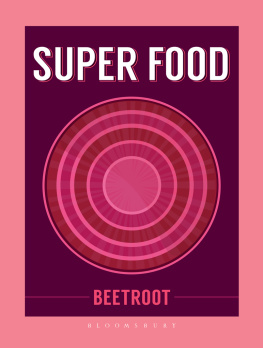







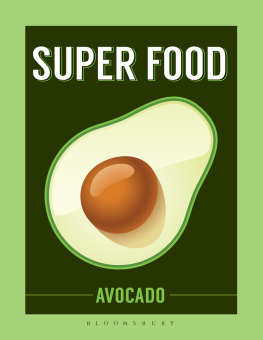
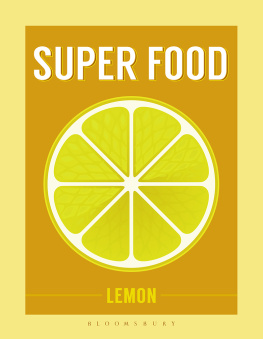
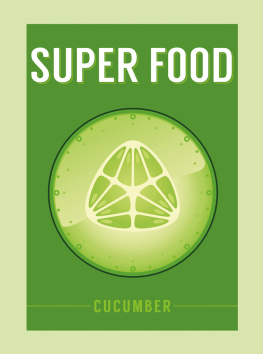
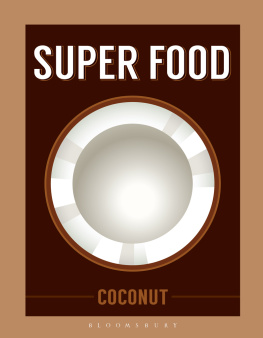
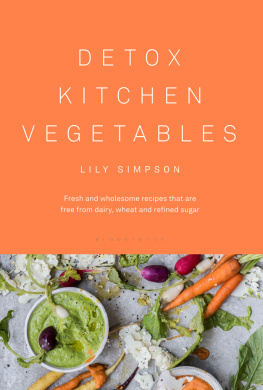
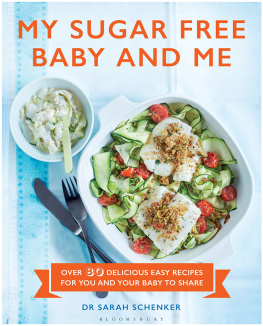

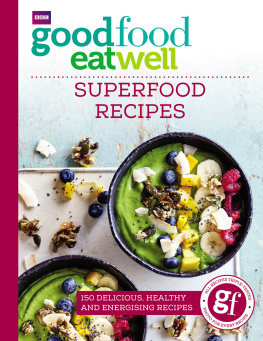

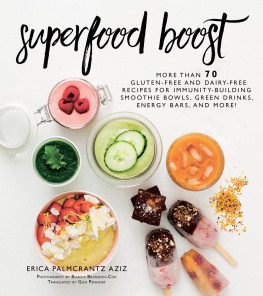
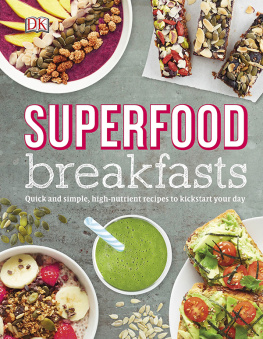

 C ONTENTS
C ONTENTS
 INTRODUCTION The beet is the most intense of vegetables. The radish, admittedly, is the more feverish, but the fire of the radish is a cold fire, the fire of discontent not passion. Tomatoes are lusty enough, yet there runs through tomatoes an undercurrent of frivolity. Beets are deadly serious. Tom Robbins Jitterbug Perfume (2001)
INTRODUCTION The beet is the most intense of vegetables. The radish, admittedly, is the more feverish, but the fire of the radish is a cold fire, the fire of discontent not passion. Tomatoes are lusty enough, yet there runs through tomatoes an undercurrent of frivolity. Beets are deadly serious. Tom Robbins Jitterbug Perfume (2001)  HISTORY Beetroot (beta vulgaris) is the domesticated descendant of wild sea beet. The oldest evidence for its domestication dates back to Neolithic times and it was undoubtedly among the first green leafy plants to be collected and eaten by humans. Assyrian texts tell of beetroot growing in the Hanging Gardens at Babylon, while beetroot remains dating back 5,000 years were found in excavations at Thebes. The ancient Greeks held beetroot in high esteem and included it in offerings to the sun god Apollo in his temple at Delphi, reckoning it worth its own weight in silver.
HISTORY Beetroot (beta vulgaris) is the domesticated descendant of wild sea beet. The oldest evidence for its domestication dates back to Neolithic times and it was undoubtedly among the first green leafy plants to be collected and eaten by humans. Assyrian texts tell of beetroot growing in the Hanging Gardens at Babylon, while beetroot remains dating back 5,000 years were found in excavations at Thebes. The ancient Greeks held beetroot in high esteem and included it in offerings to the sun god Apollo in his temple at Delphi, reckoning it worth its own weight in silver.  Through the Middle Ages beetroot was known as Roman beet and grown in herb gardens, again mostly for medicinal purposes.
Through the Middle Ages beetroot was known as Roman beet and grown in herb gardens, again mostly for medicinal purposes.  HEALTH BENEFITS Beetroots are highly nutritious and are a rich source of vitamins and minerals including Vitamin C, potassium, magnesium, manganese, and folic acid, essential for reducing the risk of birth defects. The leafy tops are an excellent source of nutrients too including protein, zinc, iron and calcium. For thousands of years beetroots have been used for medicinal purposes. The ancient physicians often used them in remedies for digestive complaints and fevers, and they had the right idea beetroots contain a betacyanin called betanin, a powerful agent thought to help fight some kinds of cancer. Betanin stimulates the detoxification processes of the liver and cleanses the digestive system. It is the betanin that gives the beetroot its deep purple colour.
HEALTH BENEFITS Beetroots are highly nutritious and are a rich source of vitamins and minerals including Vitamin C, potassium, magnesium, manganese, and folic acid, essential for reducing the risk of birth defects. The leafy tops are an excellent source of nutrients too including protein, zinc, iron and calcium. For thousands of years beetroots have been used for medicinal purposes. The ancient physicians often used them in remedies for digestive complaints and fevers, and they had the right idea beetroots contain a betacyanin called betanin, a powerful agent thought to help fight some kinds of cancer. Betanin stimulates the detoxification processes of the liver and cleanses the digestive system. It is the betanin that gives the beetroot its deep purple colour. Beetroot has a sugar content of around 10%, higher than all other vegetables, however this is a slow-release sugar which avoids spikes in blood sugar. The sweetness makes it possible to eat raw beetroot, and this means you get the full benefits of the nutrients which may be damaged in the cooking process. Beetroots are high in fibre, which helps bowel function, preventing constipation, and also helps lower cholesterol. This fibre also increases antioxidant enzymes and white blood cells which fight abnormal cells.
Beetroot has a sugar content of around 10%, higher than all other vegetables, however this is a slow-release sugar which avoids spikes in blood sugar. The sweetness makes it possible to eat raw beetroot, and this means you get the full benefits of the nutrients which may be damaged in the cooking process. Beetroots are high in fibre, which helps bowel function, preventing constipation, and also helps lower cholesterol. This fibre also increases antioxidant enzymes and white blood cells which fight abnormal cells.